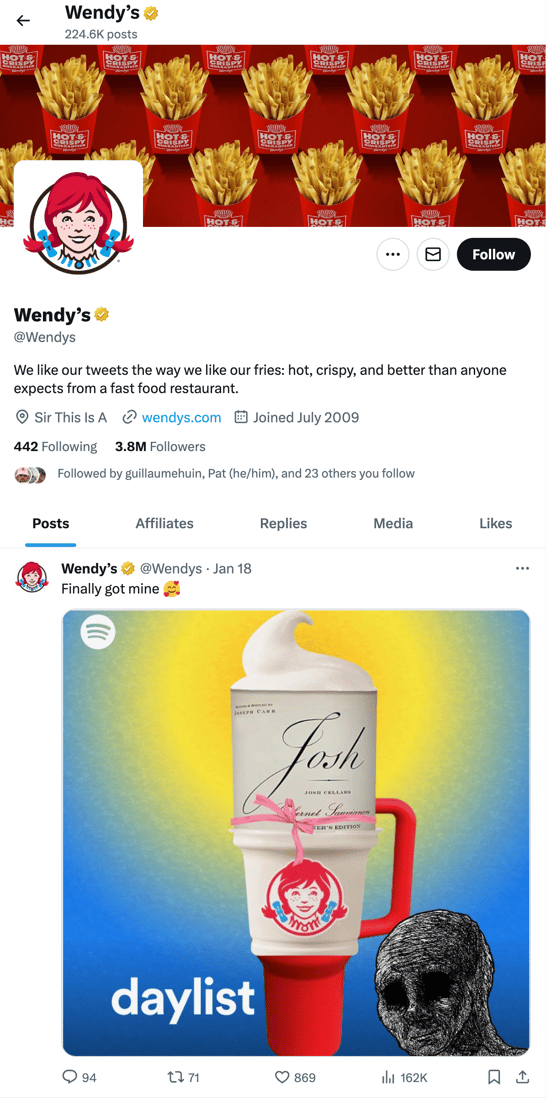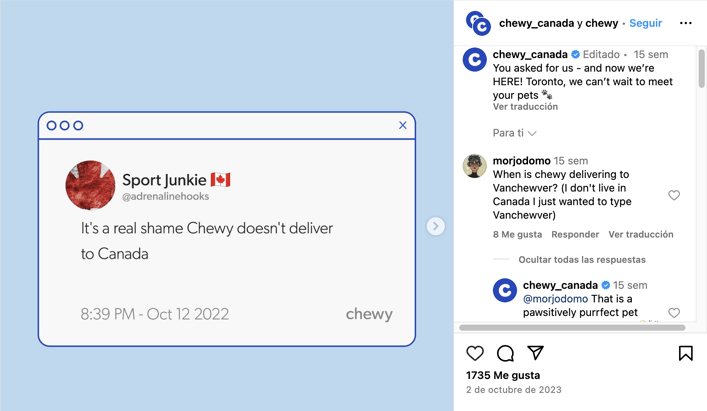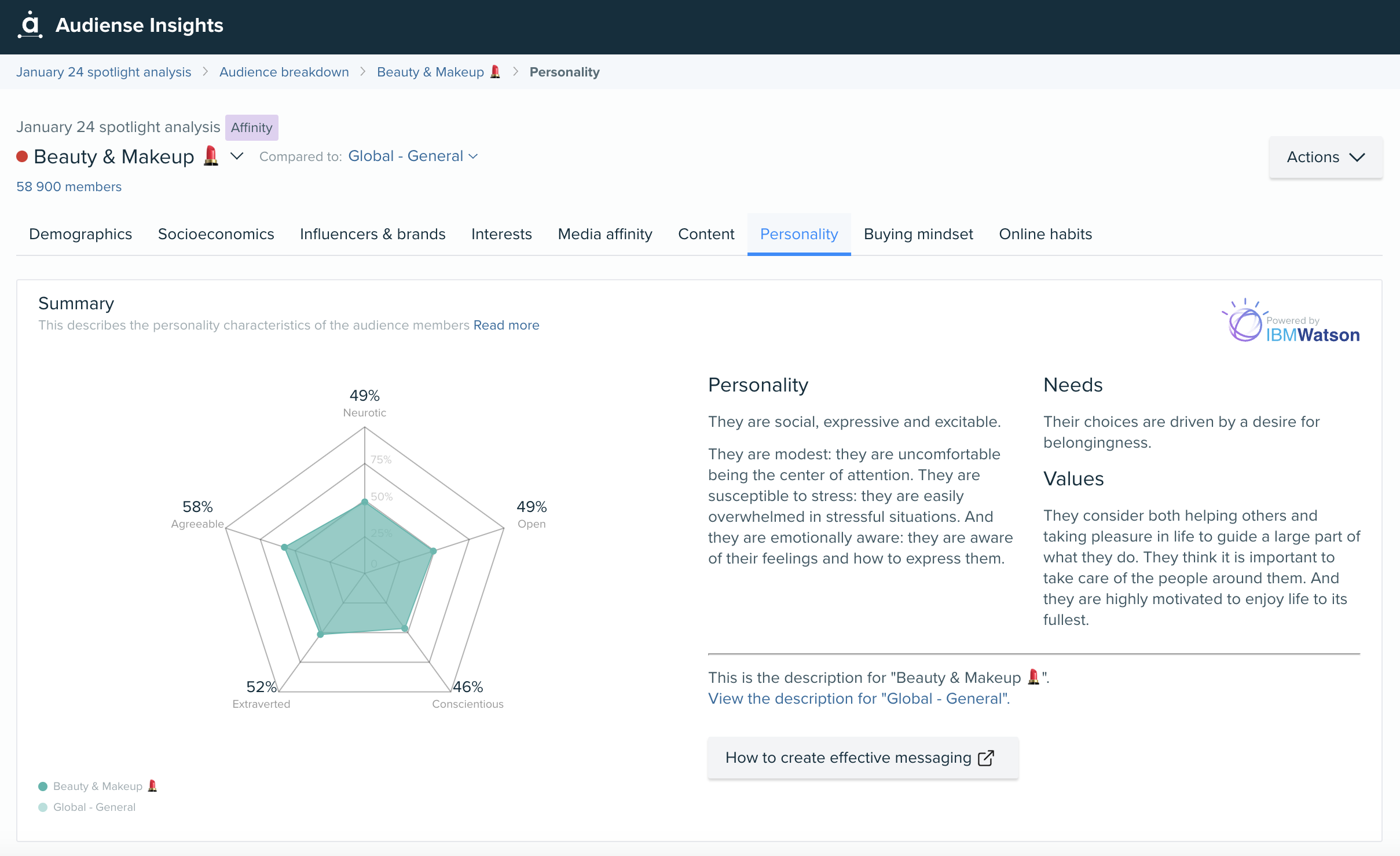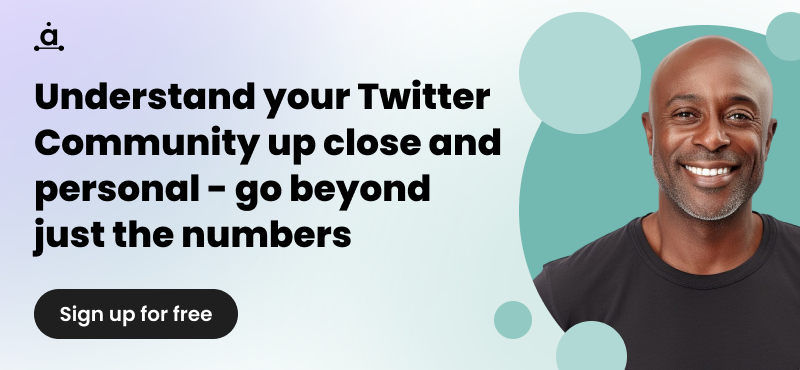12 ways your business can unlock the value of social media
There’s no denying the popularity of social media and its growing adoption among businesses. According to Forbes, 77% of businesses are using social media to connect with their customers. At the same time, not every business is leveraging social media to its full potential.
Many businesses realise that they have to be on social media just because everyone else is on it, but without knowing the value it can bring to their business. As a result, they end up with stagnant social pages and unanswered comments because their social media strategy is on the back burner (if they have one in the first place).
Even among the businesses that do use social media, their usage is more one-dimensional and may be limited to just marketing. But social media can do so much more for your business. Here are 12 ways to unlock the true value of social media for your business.
1. Market your brand
The most popular use of social media for business is marketing. Almost every business that wants to use social media will be using it for this purpose. In fact, about 92% of marketers in U.S. companies with 100+ employees use social media for marketing.
But social media isn’t just for marketing your products and services. It can be an effective channel to market your brand as a whole and build brand awareness. It provides you with a platform to showcase your brand identity and deliver your messaging in your unique brand voice.
For example, Wendy’s has established its identity as a snarky (and sometimes unhinged) brand with a strong X presence.

2. Deliver exceptional customer service
Social media is an incredibly powerful channel for customer service. 80% of millennials prefer social media over any other channel for customer service.
That is game changing. Not having the right social media channels for your customers to reach out to you is the 1995 equivalent of not having a phone line.
But here’s the twist: It’s all public, so any customer complaints or compliments will be seen by everyone. For some brands, this has been scary enough to keep them far away. But, if you offer great customer service, social media will allow you to show the world just how great you really are. Think of this as a huge opportunity to build awesome relationships with your current customers and begin stealing customers from your competitors who aren’t acknowledging their social media platforms.
Chewy regularly provides personalised responses to address their customers’ concerns and questions. In the following Instagram post, one customer asked questions about whether other pet species will be covered by the brand. Chewy responded that they’re reaching out to help the customer.

3. Build a community and encourage brand advocacy
Brands that embrace the social element of social media have unlocked the secret: build a community, not just a customer base.
By using social media as a two-way channel and engaging with customers, you begin to develop customers who love your brand and stay loyal to it. They become part of your brand’s community and share their product recommendations with their followers. And then your fans grow. This is called brand advocacy, and it is the holy grail of marketing.
Social media is the perfect platform to encourage this type of advocacy with the ability to promote branded hashtags, repost user content and invite community participation. You could create hashtag challenges, ask people to share their positive experiences or even launch giveaway campaigns to reward your most valued customers.
Canva engages its design community by calling on them to nominate people for the Canva Community Awards. Users could nominate themselves or others to win any of the 10 award categories.
4. Establish authority
Social media offers a platform to show people what you’re capable of. This means you can effectively showcase your expertise, and in the process, establish authority in the industry.
By sharing your own content from your specific industry expertise, you begin to build your authority as a credible business that potential customers begin to recognise and trust – which ultimately leads to conversions.
For instance, Sprout Social regularly shares industry insights and valuable tips through Instagram to showcase the team’s expertise. It makes use of Reels, short videos and carousel posts to provide valuable information that strengthens the brand’s credibility in the social media marketing landscape.
5. Gain competitive intelligence
Social media is nearly as good as being a fly on the wall when it comes to monitoring your competitors’ social strategies. By monitoring your competitor’s accounts, you can keep a direct line on what their business is up to, what they are promoting, who their customers are – and even watch out for poor customer service leaving you an avenue to jump in there with an offer.
Platforms like Audiense Connect minimize the need for manual competitor research. You can add your competitor as a source on the platform and get an in-depth analysis of their performance. This gives you access to insights such as common followers, competitor followers not following you and more.
6. Boost website traffic
When you generate interest through your posts, some of your prospects will want to learn more about your business, products and offers. So the first thing they’ll do is check out your website for the information they need.
That means you’re attracting significant traffic as a result of social media. This increased traffic not only improves your chances of driving conversions but also contributes to your website’s organic ranking.
7. Understand your audience
Social media is where (almost) all the conversations take place. People talk about their latest interests, rant about their frustrations, rave about a good experience and so on. This gives you the perfect opportunity to analyze your audience on a deeper level and uncover their pain points and motivations.
You can use Audiense Insights to conduct a deep analysis of your target audience and go beyond demographic insights. You’ll be able to discover your audience’s interests categorised based on different taxonomies. It even helps you understand their online habits, personality, needs, media affinity and content preferences.
Based on these insights, you can build highly personalised and targeted strategies that resonate with your target audience.

8. Stay on top of industry trends
Keeping track of social media conversations also gives you a better understanding of the trends shaping your industry. You’ll be able to identify new trends taking over and changes in existing trends. For example, how is the popularity of ChatGPT influencing the employment market? Or how is it influencing marketing strategies?
9. Re-engage lost or inactive customers
People who visit your website may not necessarily make a purchase right away. Even those that do may not always come back to make another purchase. With powerful retargeting capabilities, social media helps you effectively re-engage these lost or inactive customers.
You could strategically deliver retargeting ads that match the products, pages or categories that they’ve viewed previously. Or you could target existing customers with ads promoting your latest sales events such as clearance sales and Black Friday sales.
10. Attract high-quality talent
Social media is great for advertising openings at your company and connecting with potential employees. It allows you to showcase your company culture and strengthen your employer brand.
The best, most talented staff want to work somewhere awesome. Before applying for a position, prospective employees will surely look you up online and judge whether they want to be part of your company accordingly. A social media presence that portrays your company’s culture will encourage top talent to pursue jobs with you. And after all, it’s all about people, right?
Zappos wins at this with a LinkedIn strategy that showcases the company’s diverse and fun work culture. In the following post, the company highlighted how it celebrated Hispanic Heritage Month with fun events celebrating Hispanic heritage and creating a learning experience.
11. Generate leads
Social media is great for catching conversations that are happening around your brand or your industry. If you have the expertise on your team, you can actually monitor social channels to find prospective customers and reach out to them.
Additionally, you can use social media to promote lead magnets that will help you attract high-quality leads. Lead magnets may include free products such as whitepapers, data reports, checklists and webinars that could add value for your audience.
Check out how Siemens used LinkedIn ads to promote its research report on the industrial metaverse.
12. Manage a brand crisis
In our social world, where every change and update is subject to open publication and conversation through online social platforms, bad news can seem like really, really bad news. Angry protesters taking to Facebook feeds and starting X hashtags can erupt a PR disaster.
Take the Ticketmaster media fiasco regarding the pre-sale of Taylor Swift’s 2023 Eras Tour, for example. The social media world erupted with angry fans airing out their frustrations about how difficult it was to buy tickets on the platform. Although this took place in 2022, Ticketmaster hasn’t yet managed to rebuild its reputation and continues to see social media users making memes about it even in 2024.
In the event of customer dissatisfaction, regardless of whether you have a profile or not, they will vent through social media.
That fact alone is enough to keep many brands away from social media. Paralysing fear of having their brand tarnished on the interweb results in tight-laced, counterintuitive social media policies and heads in the sand. But that’s just pointless. Whether or not you respond to social criticisms, people are going to post them. If you delete your Facebook page, they are still going to post their rants and their friends will see it. You – can – not – control – people. Stop trying.
Clearly, it is advantageous to have a social platform in order to be part of this conversation. Customers will see that you are acknowledging the crisis, and not ignoring it. Not involving yourself in social media during times of PR disaster sends a clear message: “WE DON’T GIVE A TRIP”.
Meanwhile, companies like Slack took ownership of a crisis and prevented it from turning into a PR disaster. When the platform experienced an outage, the company sent out a message that empathised with users and thanked them for their patience.
Whenever people ask me "what made Slack successful?" the number one answer I give is the customer support team and the tone they take with speaking with customers. Few enterprise brands that have built this level of empathy with their customers....especially after an outage. pic.twitter.com/0LvyFS8rsL
— Mat Mullen (@matmullen) February 23, 2022
Get more out of social media
As you can see, there are a host of ways in which your business can get more value out of social media. Make the most of these tips to build successful strategies that leverage social media as a key channel.





.png?width=60&name=image%20(62).png)
